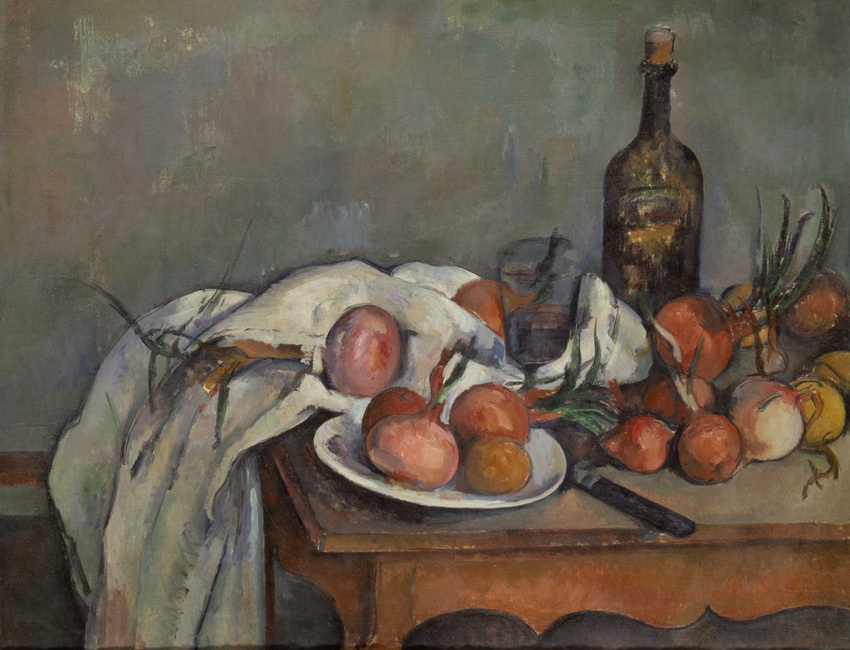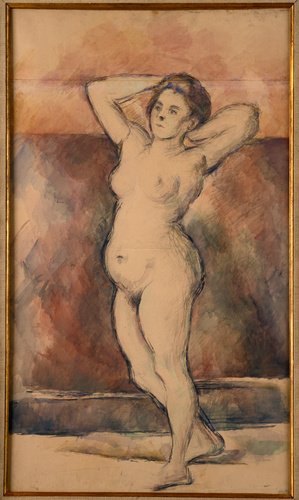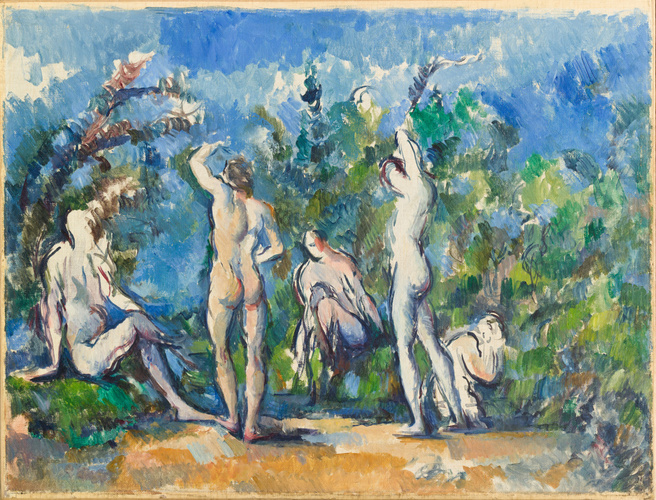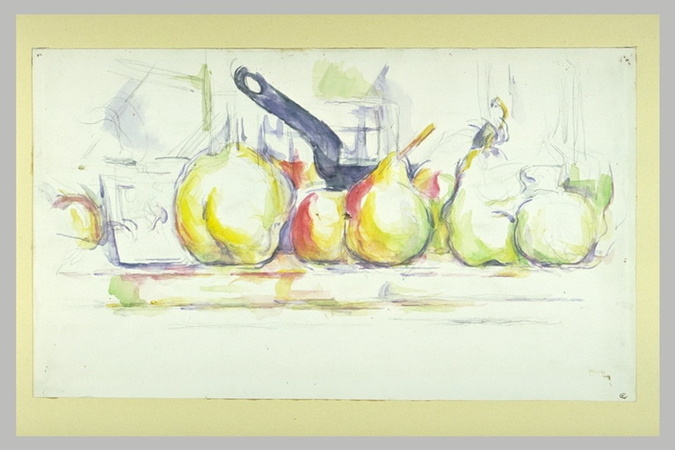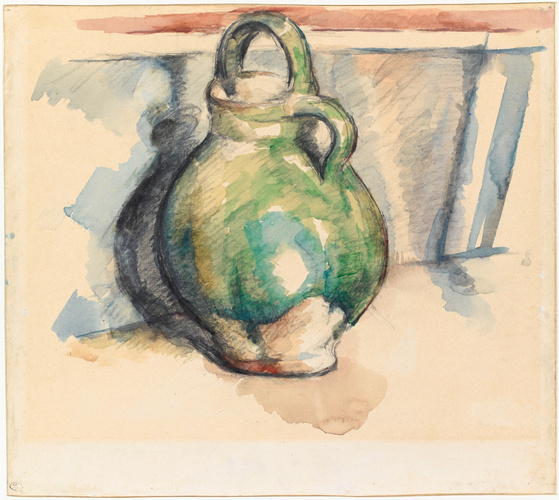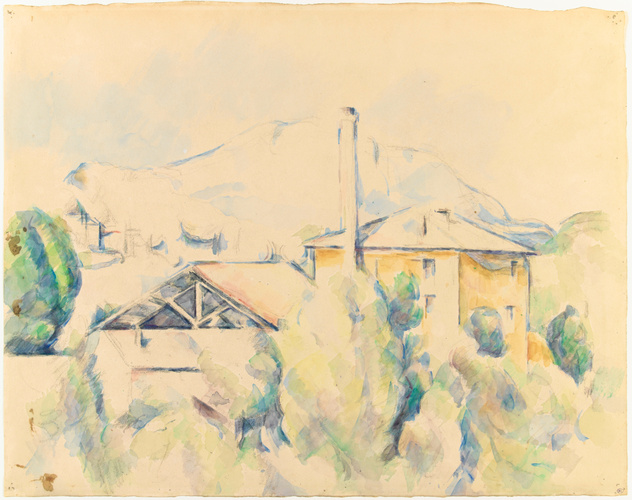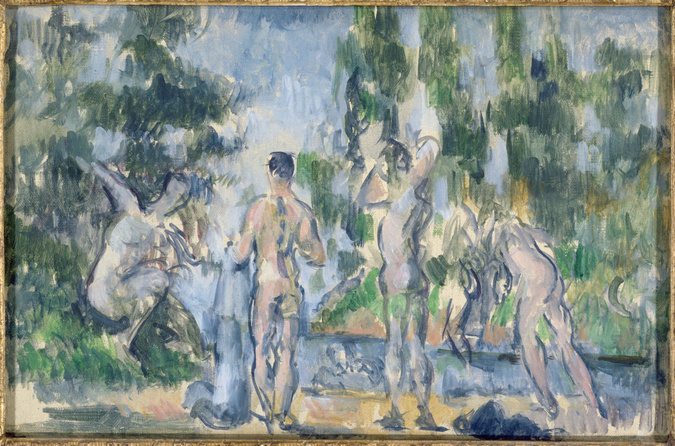-
Salon d'automne - Exposition rétrospective d'oeuvres de Jean-Baptiste Carpeaux
-
Galeries nationales du Grand Palais
-
France,
Paris, 1907, n°28
-
Cézanne
-
musée de l'Orangerie
-
France,
Paris, 1936
-
Centenaire de Paul Cézanne
-
musée
-
France,
Lyon, 1939
-
Hommage à Cézanne
-
Wildenstein Gallery
-
Royaume-Uni,
Londres, 1939, n°37
-
La peinture française au XIXe siècle
-
musée national
-
Serbie,
Belgrade, 1939
-
La Nature morte de l'Antiquité à nos jours
-
musée de l'Orangerie
-
France,
Paris, 1952, Hors catalogue
-
Hommage à Cézanne
-
musée de l'Orangerie
-
France,
Paris, 1954
-
Cézanne
-
Wildenstein & Co
-
Etats-Unis,
New York, 1959
-
Un século de pintura francesa 1850-1950 [Un siècle de peinture française 1850-1950]
-
fondation Calouste Gulbenkian
-
Portugal,
Lisbonne, 1965, n°23
-
Chefs-d'oeuvre de l'impressionnisme
-
maison de la culture de Ménilmontant
-
France,
Paris, 1966, n°4
-
Cézanne dans les musées nationaux
-
musée de l'Orangerie
-
1974
-
Cézanne, The Late Work
-
Museum of Modern Art
-
Etats-Unis,
New York, 1977-1978
-
Cézanne. The Late Work
-
Museum of Fine Arts
-
Etats-Unis,
Houston, 1978
-
Cézanne : les dernières années - 1895-1906
-
Galeries nationales du Grand Palais
-
France,
Paris, 1978
-
Cézanne
-
Galeries nationales du Grand Palais
-
France,
Paris, 1995-1996
-
Cézanne
-
Tate Gallery
-
Royaume-Uni,
Londres, 1996
-
Cézanne
-
Philadelphia Museum of Art
-
Etats-Unis,
Philadelphie, 1996
-
Manet, Monet, and the Gare Saint-Lazare
-
National Gallery of Art
-
Etats-Unis,
Washington, 1998
-
Vollendet unvollendet Cézanne
-
Bank Austria Kunstforum
-
Autriche,
Vienne, 2000, n°45
-
Paul Cézanne. Vollendet ¿ Unvollendet
-
Kunsthaus Zürich
-
Suisse,
Zurich, 2000, n°45
-
De Manet à Gauguin. Impressionnisme et post-impressionnisme dans les collections du musée d'Orsay
-
musée national
-
Pologne,
Varsovie, 2001
-
De Manet à Gauguin. Impressionnisme et post-impressionnisme dans les collections du musée d'Orsay
-
Muzeum Narodowyn w Poznaniu
-
Pologne,
Poznan, 2001
-
Od Maneta do Gauguina. Impresjonisci i postimpresjonisci z Musée d`Orsay
-
Muzeum Narodowyn w Krakowie
-
Pologne,
Cracovie, 2001
-
Impressionist Still Life
-
The Phillips Collection
-
Etats-Unis,
Washington, 2001-2002, p.191
-
Cézanne. Aufbruch in die Moderne
-
Museum Folkwang
-
Allemagne,
Essen, 2004-2005
-
Wien-Paris. Van Gogh, Cézanne und österreichs Moderne
-
Unteres Belvedere und Orangerie
-
Autriche,
Vienne, 2007-2008, p. 291
-
Van Gogh, Gauguin, Cézanne & beyond, Post-Impressionism from the Musée d'Orsay
-
National Gallery of Australia
-
Australie,
Canberra, 2009-2010, n°40, p.146-148 et détail p.130-131
-
Post-impressionnisme - 115 chefs-d'oeuvre de la collection du musée d'Orsay
-
National Art Center
-
Japon,
Tokyo, 2010, n°39, reprod., p.87
-
Van Gogh, Gauguin, Cézanne & beyond, Post-Impressionism from the Musée d'Orsay
-
M. H. De Young Memorial Museum
-
Etats-Unis,
San Francisco, 2010-2011, n°40, p.146-148 et détail p.130-131
-
La Rivoluzione dello sguardo. Capolavori impressionisti e post-impressionisti dal Musée d'Orsay
-
Museo d'Arte Moderna e Contemporanea di Trento e Rovereto
-
Italie,
Rovereto, 2011
-
Impresionistas y postimpresionistas : el nacimiento del arte moderno : obras maestras del musée d'Orsay
-
Fundación Mapfre
-
Espagne,
Madrid, 2013
-
Au-delà de l'Impressionnisme : naissance de l'art moderne
-
National Museum of Korea
-
Corée, République de,
Séoul, 2014
-
Le Douanier Rousseau. L'innocence archaïque.
-
musée d'Orsay
-
France,
Paris, 2016
-
Celnik Douanier Rousseau. Painter's Paradise Lost
-
galerie nationale de Prague - Palais Kinskych
-
Tchèque, République,
Prague, 2016-2017
-
Paul Cézanne. Le chant de la terre
-
fondation Pierre Gianadda
-
Suisse,
Martigny, 2017

